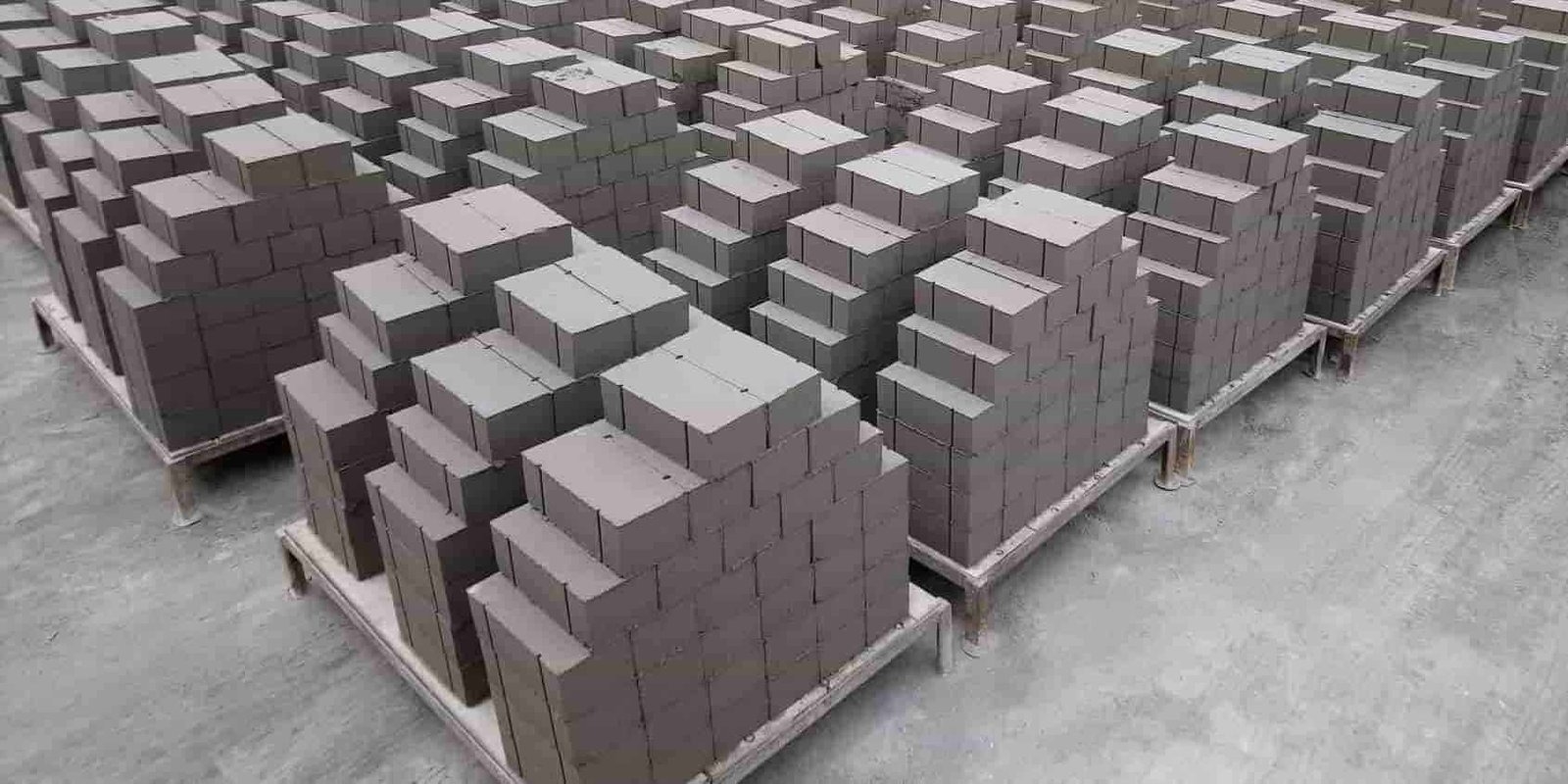IMARC Group’s “Fly Ash Bricks Manufacturing Plant Project Report 2025: Industry Trends, Plant Setup, Machinery, Raw Materials, Investment Opportunities, Cost and Revenue” report provides a comprehensive guide on how to successfully set up a fly ash bricks manufacturing plant. The report offers clarifications on various aspects, such as unit operations, raw material requirements, utility supply, infrastructural needs, machinery models, labour necessities, transportation timelines, packaging costs, etc.
In addition to the operational aspects, the report also provides in-depth insights into fly ash bricks manufacturing plant setup, project economics, encompassing vital aspects such as capital investments, project funding, operating expenses, income and expenditure projections, fixed and variable costs, direct and indirect expenses, expected ROI, net present value (NPV), profit and loss account, and thorough financial analysis, among other crucial metrics. With this comprehensive roadmap, entrepreneurs and stakeholders can make informed decisions and venture into a successful fly ash bricks manufacturing unit.
Request a Sample Report: https://www.imarcgroup.com/fly-ash-bricks-manufacturing-plant-project-report/requestsample
What are Fly Ash Bricks?
Fly ash bricks are an eco-friendly building material made using fly ash, a byproduct of coal combustion in thermal power plants. These bricks are typically composed of fly ash, cement or lime, gypsum, and sand or stone dust, and are molded under high pressure. They offer numerous advantages over traditional clay bricks, including higher compressive strength, uniformity in shape and size, reduced water absorption, and enhanced durability. Moreover, fly ash bricks contribute to sustainable construction practices by utilizing industrial waste and minimizing the use of natural resources like clay. Their thermal insulation properties help in reducing energy consumption in buildings, making them a preferred choice in green building initiatives. As a result of these benefits, fly ash bricks have gained popularity across both residential and commercial construction projects, especially in regions with abundant fly ash supply. The production and use of fly ash bricks are aligned with environmental conservation and efficient waste management goals.
Market Trend and Drivers of Fly Ash Bricks:
The fly ash bricks market is primarily driven by growing environmental awareness and the rising demand for sustainable construction materials. Government regulations and policies promoting the utilization of industrial waste products, particularly fly ash from thermal power plants, have played a pivotal role in encouraging the production of these eco-friendly bricks. The depletion of topsoil due to conventional clay brick manufacturing and the environmental degradation caused by such practices have led to a shift toward alternative solutions like fly ash bricks. In addition, the advantages offered by fly ash bricks—such as higher strength, uniformity, cost-effectiveness, and better thermal insulation—are fueling their adoption in modern construction practices. Increasing urbanization and infrastructure development, especially in emerging economies, are also contributing to market growth. Furthermore, incentives and mandates by environmental agencies for green building materials are fostering increased use of fly ash bricks in residential, commercial, and industrial sectors. Technological advancements in manufacturing processes and growing investments in sustainable construction further support the expansion of this market.
Key Aspects to Setup a Fly Ash Bricks Plant:
- Location to Setup Plant
- Market Research
- Plant Layout
- Construction and Infrastructure
- Equipment/Machinery Procurement
- Documentation and Licenses
- Cost Analysis
Requirements to Setup a Facility:
- Funds
- Machinery
- Lands
Types of Costs to Setup a Factory:
- Land, Location and Site Development Cost
- Plant Layout Cost
- Machinery Requirements and Costs
- Raw Material Requirements and Costs
- Packaging Requirements and Costs
- Transportation Requirements and Costs
- Utility Requirements and Costs
- Human Resource Requirements and Costs
Project Economics:
- Capital Investments
- Operating Costs
- Expenditure Projections
- Revenue Projections
- Taxation and Depreciation
- Profit Projections
- Financial Analysis
Key Questions Answered in the Report:
- How has the fly ash bricks market performed so far and how will it perform in the coming years?
- What is the market segmentation of the global fly ash bricks market?
- What is the regional breakup of the global fly ash bricks market?
- What are the price trends of various feedstocks in the fly ash bricks industry?
- What is the structure of the fly ash bricks industry and who are the key players?
- What are the various unit operations involved in a fly ash bricks manufacturing plant?
- What is the total size of land required for setting up a fly ash bricks manufacturing plant?
- What is the layout of a fly ash bricks manufacturing plant?
- What are the machinery requirements for setting up a fly ash bricks manufacturing plant?
- What are the raw material requirements for setting up a fly ash bricks manufacturing plant?
- And more…
How IMARC Can Help?
IMARC Group is a global management consulting firm that helps the world’s most ambitious changemakers to create a lasting impact. The company provide a comprehensive suite of market entry and expansion services. IMARC offerings include thorough market assessment, feasibility studies, company incorporation assistance, factory setup support, regulatory approvals and licensing navigation, branding, marketing and sales strategies, competitive landscape and benchmarking analyses, pricing and cost research, and procurement research.
Services:
- Plant Setup
- Factoring Auditing
- Regulatory Approvals, and Licensing
- Company Incorporation
- Incubation Services
- Recruitment Services
- Marketing and Sales
Contact Us:
IMARC Group
134 N 4th St. Brooklyn, NY 11249, USA
Email: sales@imarcgroup.com
Tel No:(D) +91 120 433 0800
United States: +1-631-791-1145

